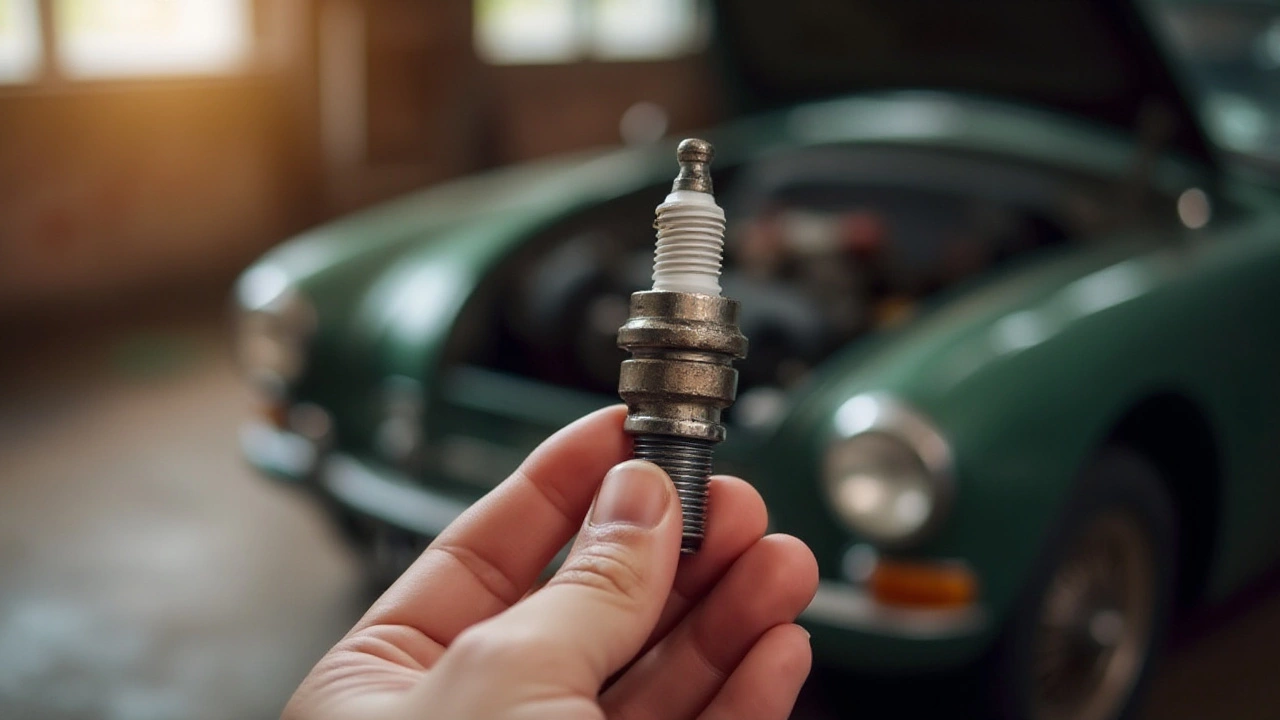Car Troubleshooting: Quick Tips & Common Issues
If your car is acting up, you don’t need a PhD to figure out why. Most everyday problems have simple signs and quick checks you can do at home. Below you’ll get straight‑to‑the‑point advice on the issues drivers ask about most, so you can decide whether a DIY fix will do or it’s time to call the shop.
Common Problems and How to Identify Them
Brake pads – Wondering if you can replace only the rear pads? Look for a squeal that fades when you press the pedal, or a soft feel when stopping. If the rear pads are worn, replace both sides to keep braking balanced.
Clutch vs. transmission – A grinding noise or difficulty shifting usually points to the clutch, while slipping under load hints at the transmission. If you smell burnt material when you shift, the clutch is likely the culprit.
Fuel pump – A loss of power when accelerating, or the engine stalling at low RPMs, often means the pump is struggling. You can test it by listening for a faint whirring sound behind the tank when you turn the key to "on".
Spark plugs – Rough idle, misfires, or a noticeable drop in fuel efficiency usually means the plugs are fouled. Pull one out; if it looks black or oily, swap it for a new one.
Suspension – A dented suspension or constant rattling over bumps signals bent components or worn shocks. If the car leans to one side while stopping, check the suspension for damage.
Alloy wheels – Alloy rims don’t rust like steel, but they can corrode if the protective coating is damaged. Look for white powdery spots; clean them with mild detergent and apply a wheel‑care protectant.
Rear windscreen wiper – In the UK it’s illegal to remove the rear wiper without a valid MOT exemption. Driving without it can lead to a failed MOT and affect insurance.
DIY Checks Before You Visit a Garage
Start with the basics: check tyre pressure, oil level, and coolant. Low pressure can cause uneven wear and affect handling, while dirty oil can hide engine problems.
Next, inspect the air filter. If you’re debating an expensive upgrade, remember that a clean filter improves airflow but isn’t a magic fuel‑saver. Replace it when it looks dirty or every 12,000 miles.
Test the battery by turning on the lights with the engine off. If they dim, the battery may need a charge or replacement. You can also check the terminals for corrosion and clean them with a brush.
When dealing with brakes, look at the pad thickness through the wheel spokes. Anything under 3 mm needs replacing. Also, feel for vibration when you press the pedal – that could mean warped rotors.
If you suspect a bent suspension, push down on each corner of the car. It should rebound smoothly. Any squeak, grind, or a "bottoming‑out" feeling means you need a professional inspection.
Finally, keep a note of any unusual smells – burnt clutch, overheating brakes, or sweet gasoline vapour. Those clues narrow down the problem and save you time at the workshop.
Doing these quick checks can give you a clear picture of what’s wrong and whether it’s a simple DIY fix or a job for a pro. Keep this page handy, and you’ll spend less time guessing and more time getting back on the road.
 30 January 2025
30 January 2025
How to Identify and Fix Faulty Spark Plugs in Your Vehicle
Testing for bad spark plugs is crucial for maintaining your vehicle's performance and efficiency. Spark plugs are essential components that ignite the air-fuel mixture in the engine, making the vehicle run smoothly. If they are faulty, it can lead to problems like engine misfire, poor fuel economy, and difficulty starting the car. This article guides you through signs of bad spark plugs and how to test them without professional tools.






0